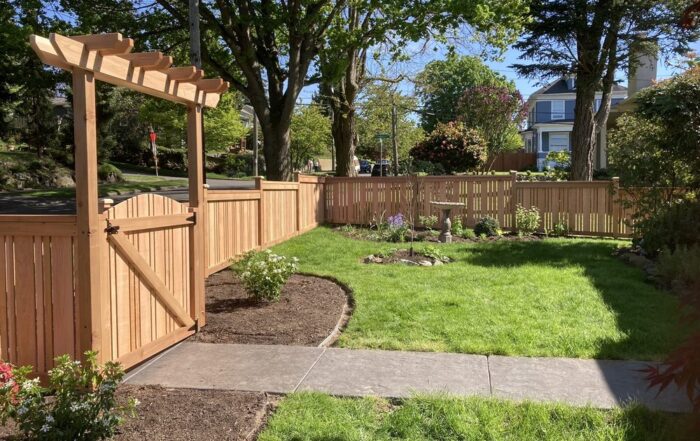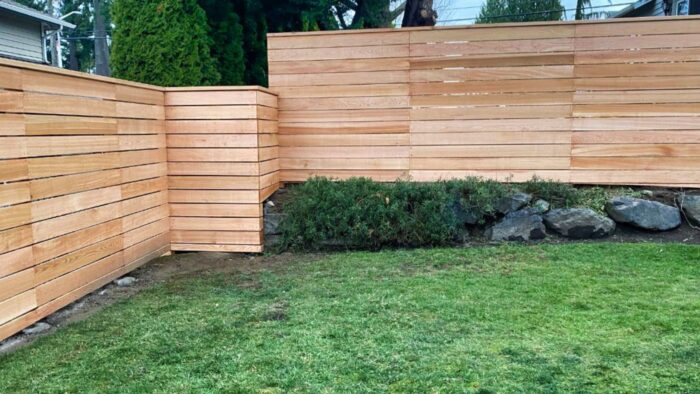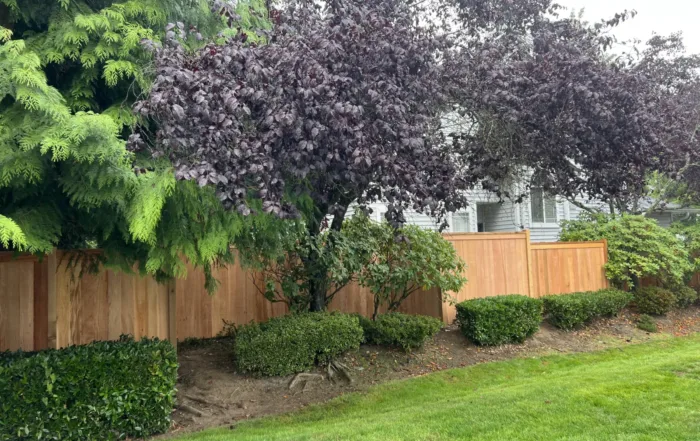Can I remove a neighbor’s fence on my property? First, confirm if it encroaches on your land by verifying property boundaries. If it does, you may be wondering, “Can I remove neighbors fence on my property?” Follow legal steps to avoid disputes. This article explains how to verify boundaries, negotiate with your neighbor, and know your legal rights.
Key Takeaways
- Confirm property boundaries through official records or a licensed surveyor to prevent disputes over fence encroachment.
- Engage in open communication with your neighbor to negotiate solutions, and consider mediation or legal advice if direct discussions fail.
- Adhere to legal procedures for fence removal, including providing formal notice and documenting evidence to avoid potential legal consequences.
Verify Property Boundaries
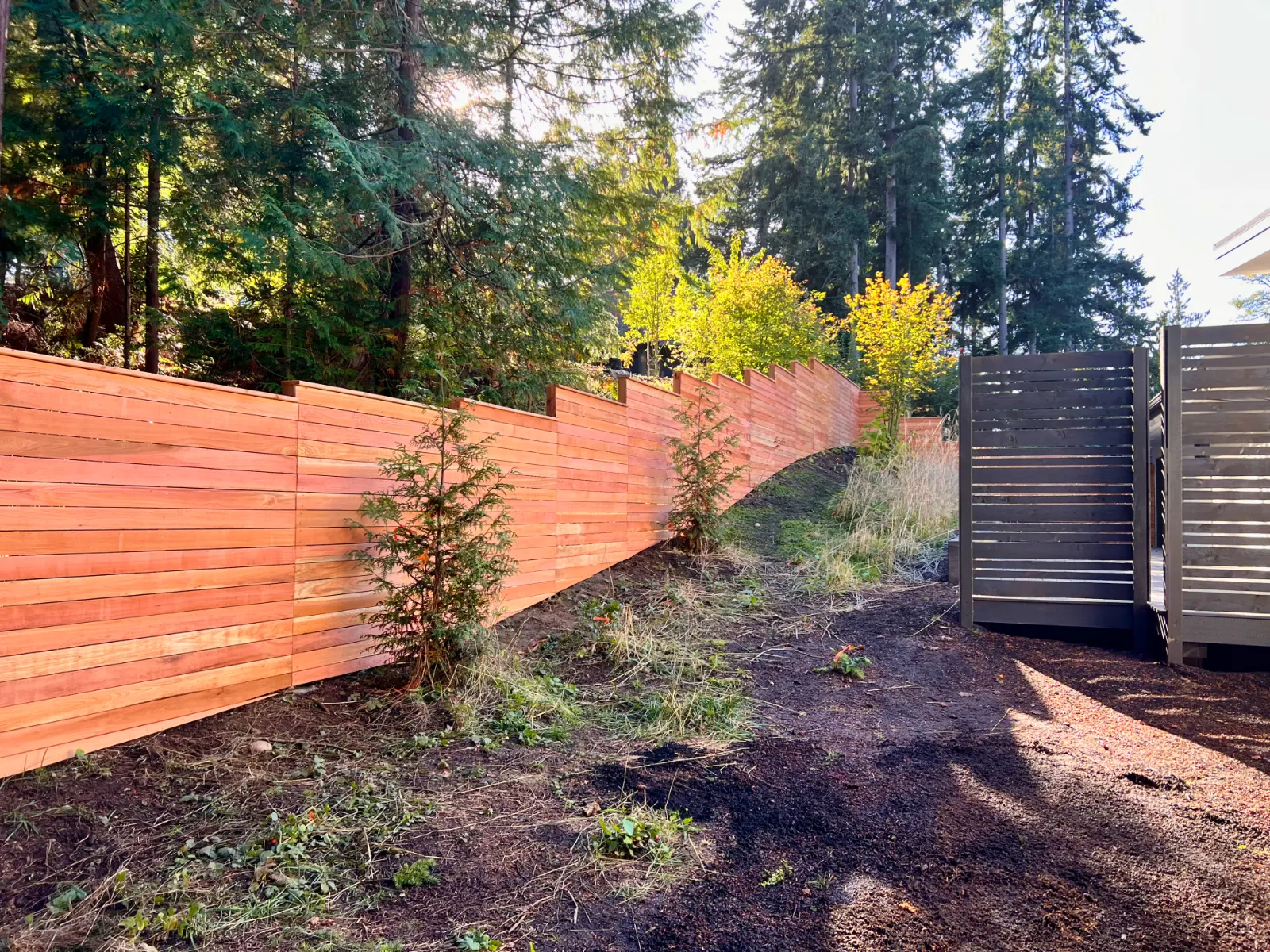
Before making any decisions, verify property boundaries. Knowing the exact location of your property lines helps determine if the neighbor’s property fence encroaches on your property. Accurate property boundaries help prevent conflicts and misunderstandings, ensuring that you and your neighbor are clear on where each property begins and ends.
Check town records and maps to understand your property lines. If these documents are ambiguous or conflicting, consider hiring a licensed surveyor. A professional surveyor can clarify the property line boundary lines, providing an authoritative answer that both parties can rely on.
Accurate surveys establish clear property lines, preventing misunderstandings and disputes. This step helps resolve current issues and avoids future conflicts when constructing or modifying fences.
Discuss the Issue with Your Neighbor
After verifying your property boundaries, discuss the issue with your neighbor. Open communication fosters cooperation and understanding, helping to resolve boundary disputes. Approach your neighbor politely with the facts. Explain your findings and express concerns about the fence on your property.
Actively listen to your neighbor’s concerns. Understanding their perspective can aid in negotiating a solution. Compromises like adjusting property boundaries or sharing disputed areas often lead to mutually acceptable outcomes.
Involve a Mediator or Lawyer if Needed
If direct communication fails, involving a mediator or lawyer can help. Mediators facilitate discussions and help both parties reach an agreement without legal action.
A legal professional can clarify your rights and guide negotiations. Lawyers explain the legal consequences and processes, helping determine the best course of action. This step is crucial to protect your property rights and ensure that you are following the correct legal procedures. If you have questions, it is wise to seek legal assistance.
Legal Grounds for Fence Removal
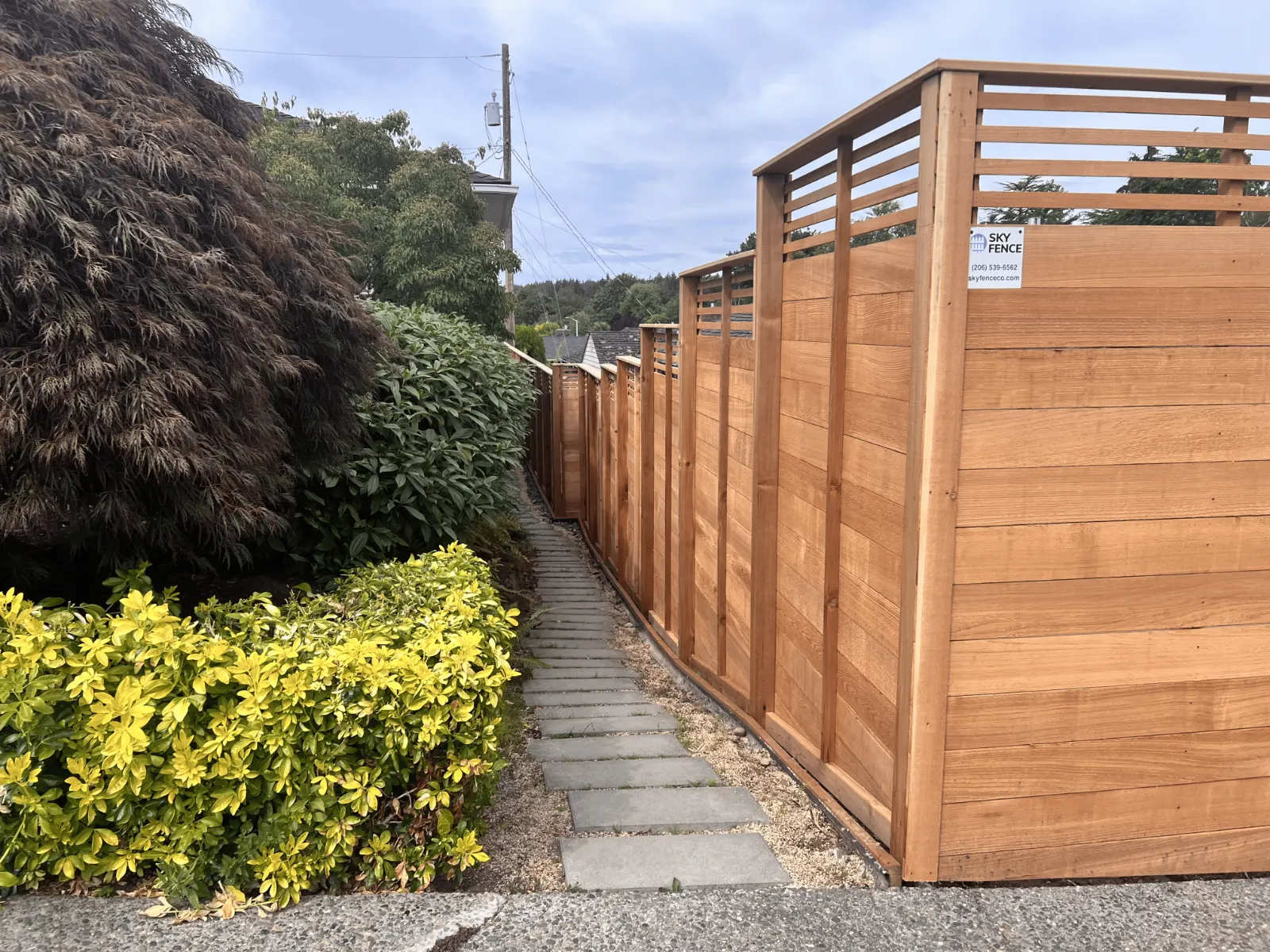
Before taking any action, understand the legal grounds for fence removal. Several scenarios may grant you the right to remove a neighbor’s fence. For example, if the fence poses safety risks or breaches building regulations, you may have the authority to remove it.
If the fence obstructs an easement on your property, this can justify removal. Easements are legal rights to use another’s land for a specific purpose, and any obstruction can be grounds for removal. Claims of adverse possession can also provide grounds for removing a fence maintained on your property.
Property owners must be aware of these legal grounds to avoid potential legal consequences. Understanding your property rights and the specific circumstances for fence removal helps navigate this complex issue.
Steps to Legally Remove the Fence

If you have legal grounds for removing the neighbor’s fence, follow the proper legal steps. This typically involves providing formal notice to your neighbor and documenting evidence of encroachment.
Each step is crucial to ensure that you are within your legal rights and to avoid potential disputes.
Provide Formal Notice to Neighbor
Begin the fence removal process by providing formal notice to your neighbor. Draft a written notice specifying the encroachment, requesting removal, and detailing the reasons for the request, including any safety concerns or legal grounds.
Include a timeline for action in your notice, providing a reasonable period for your neighbor to respond. Clearly explaining the rationale behind the request can help avoid misunderstandings and encourage cooperation.
Document Evidence of Encroachment
Collecting evidence to support your claim of encroachment is critical. Obtain property surveys indicating boundary lines and photographic documentation of the encroaching fence. Ensure the photographs clearly show how the fence extends over your property lines.
Witness statements can verify the presence and impact of the encroaching fence. Proper documentation, including property surveys, photographs, and witness statements, substantiates your claims and ensures a smooth legal process.
Potential Legal Consequences

Removing a neighbor’s fence without proper legal procedures can lead to significant consequences. You might be required to compensate for the fence’s replacement value if removed wrongfully, adjusted for depreciation. Injured parties can seek punitive damages if the removal was done with intentional misconduct or gross negligence.
Courts can issue injunctions to prevent further unauthorized removal or destruction of boundary fences. Non-compliance with local fencing regulations can result in fines and necessitate costly modifications or removal.
Alternative Solutions to Fence Disputes

Before resorting to legal action, consider alternative solutions to neighbor’s fence disputes. Negotiating with your neighbor to move the fence onto their property is often the simplest solution and can be achieved through mutual agreement.
Agreeing to rent the portion of property the fence is on provides a temporary solution while maintaining a good relationship with your neighbor. Creating boundary agreements serves as a written agreement of shared responsibilities regarding fence maintenance.
Consulting Local Laws
Consulting local laws is crucial in dealing with fence disputes. Local regulations dictate how close a fence can be built to property lines, emphasizing the need for verification. Homeowners must follow these regulations when removing a fence to avoid legal disputes.
In some regions, such as California, property owners must provide written notification to their neighbors at least 30 days before initiating any fence removal or alteration. Engaging a professional fence contractor provides expertise in local regulations and ensures compliance with zoning laws.
Hiring a Professional Fence Installer
Hiring a professional fence installer offers numerous benefits. They help select suitable materials for your fence, considering durability and maintenance. They ensure correct installation, minimizing the risk of future costly repairs or replacements.
Professional fence installers often provide guarantees for their workmanship, offering peace of mind for future issues. Using professionals leads to a more efficient installation process, saving time and reducing the stress associated with DIY projects.
Summary
In summary, dealing with a neighbor’s fence encroaching on your property involves several important steps. Start by verifying property boundaries, discussing the issue with your neighbor, and understanding the legal grounds for fence removal. Provide formal notice and document evidence of encroachment to ensure a smooth process.
Consulting local laws and considering alternative solutions can help avoid legal disputes. Hiring a professional fence installer can provide peace of mind and ensure compliance with local regulations. By taking informed and considerate actions, you can resolve fence disputes amicably and protect your property rights.
Frequently Asked Questions
What should I do first if I find my neighbor’s fence on my property?
It is essential to verify your property boundaries to confirm the encroachment before taking further action. This will help you address the situation accurately and effectively.
Can I remove my neighbor’s fence without notifying them?
You cannot remove your neighbor’s fence without notifying them, as formal notice detailing the encroachment is necessary before taking any action.
What legal grounds justify the removal of a neighbor’s fence?
The removal of a neighbor’s fence may be justified on legal grounds such as safety risks, violations of building regulations, obstruction of easements, and adverse possession claims. It is essential to evaluate these factors to determine the legitimacy of the removal.
What are the potential legal consequences of wrongfully removing a neighbor’s fence?
Wrongfully removing a neighbor’s fence can lead to significant legal consequences, including the obligation to pay for the replacement value, potential punitive damages, and compliance with court injunctions.
How can I avoid legal disputes when dealing with fence encroachment?
To avoid legal disputes regarding fence encroachment, consult local laws, give formal notice to the neighbor, document all evidence, and explore alternative solutions before resorting to legal action. This proactive approach can prevent misunderstandings and preserve neighborly relations.

